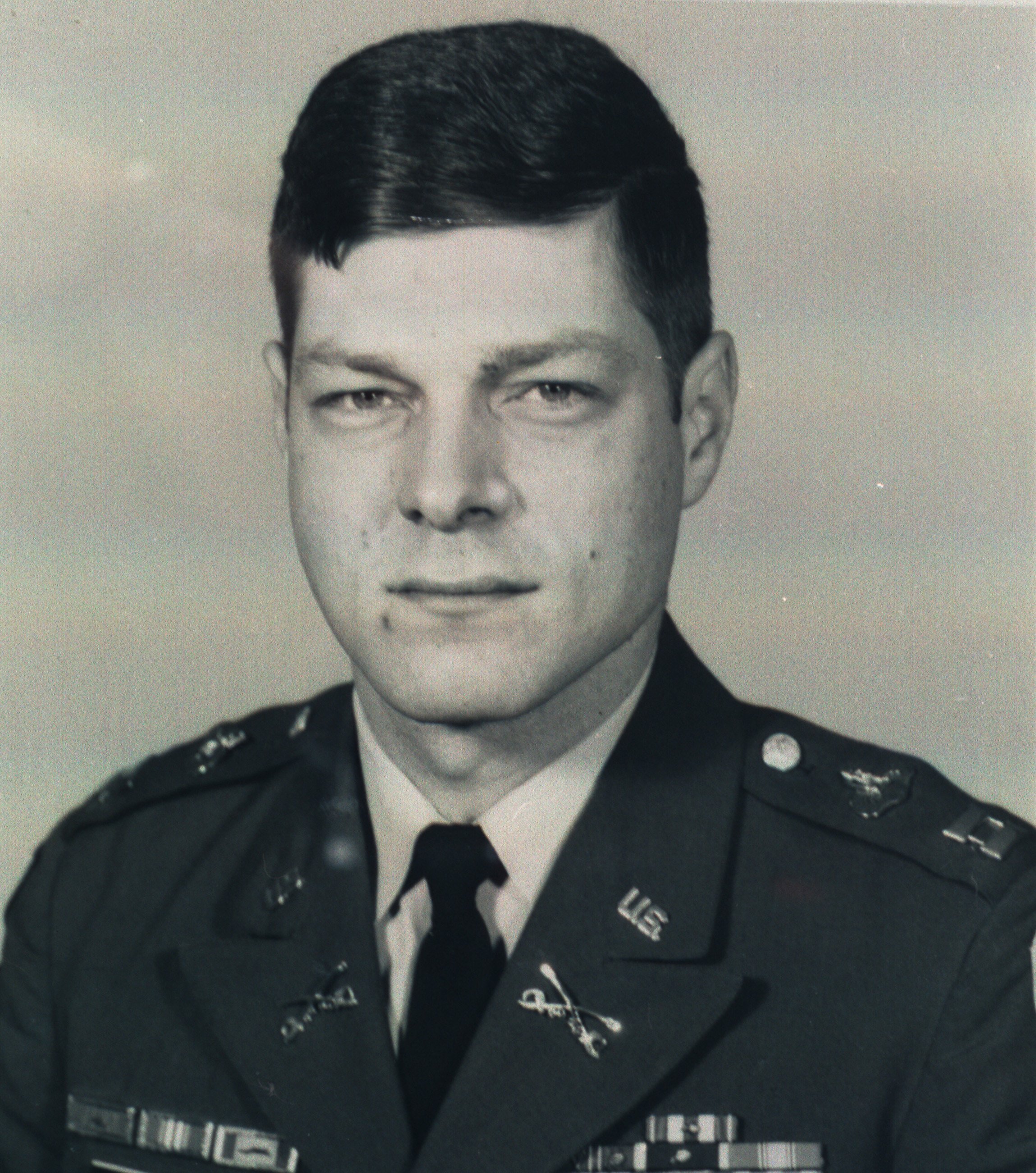Harold A Fritz
Harold, also known as Hal, was born in Chicago, Illinois, on the 21st of February 1944, and when he was five years old, moved to Wisconsin. He grew up listening to the stories of his relatives that were in the military, and he knew that he was going to serve the country in order to help maintain it. After high school, Hal was pursuing a career in veterinary medicine when he received his draft notification. He then enlisted into the Army at the age of 22, and after advanced armor training, was accepted into Officer Candidate School. By early 1967, Hal was commissioned as a Second Lieutenant and was assigned to the 6th Armored Cavalry Regiment. In 1968 he was deployed with the 11th Armored Cavalry Regiment to the Republic of Vietnam, and it was his actions on the 11th of January 1969, that would later earn him the Medal of Honor. The citation reads:
For conspicuous gallantry and intrepidity in action at the risk of his life above and beyond the call of duty. Capt. (then 1st Lt.) Fritz, Armor, U.S. Army, distinguished himself while serving as a platoon leader with Troop A, near Quan Loi. Capt. Fritz was leading his seven-vehicle armored column along Highway 13 to meet and escort a truck convoy when the column suddenly came under intense crossfire from a reinforced enemy company deployed in ambush positions. In the initial attack, Capt. Fritz' vehicle was hit and he was seriously wounded. Realizing that his platoon was completely surrounded, vastly outnumbered, and in danger of being overrun, Capt. Fritz leaped to the top of his burning vehicle and directed the positioning of his remaining vehicles and men. With complete disregard for his wounds and safety, he ran from vehicle to vehicle in complete view of the enemy gunners in order to reposition his men, to improve the defenses, to assist the wounded, to distribute ammunition, to direct fire, and to provide encouragement to his men. When a strong enemy force assaulted the position and attempted to overrun the platoon, Capt. Fritz manned a machine gun and through his exemplary action inspired his men to deliver intense and deadly fire which broke the assault and routed the attackers. Moments later a second enemy force advanced to within two meters of the position and threatened to overwhelm the defenders. Capt. Fritz, armed only with a pistol and bayonet, led a small group of his men in a fierce and daring charge which routed the attackers and inflicted heavy casualties. When a relief force arrived, Capt. Fritz saw that it was not deploying effectively against the enemy positions, and he moved through the heavy enemy fire to direct its deployment against the hostile positions. This deployment forced the enemy to abandon the ambush site and withdraw. Despite his wounds, Capt. Fritz returned to his position, assisted his men, and refused medical attention until all of his wounded comrades had been treated and evacuated. The extraordinary courage and selflessness displayed by Capt. Fritz, at the repeated risk of his own life above and beyond the call of duty, were in keeping with the highest traditions of the U.S. Army and reflect greatest credit upon himself, his unit, and the Armed Forces.
While deployed, Hal carried an engraved lighter and watch that were gifts from his wife, Mary, and it was later found to have deflected a rifle round that would have been lethal to Hal. After returning to the States, he was serving with the 3rd Armored Cavalry Regiment at Fort Lewis, Washington, when he was notified that he would be receiving the Medal of Honor. Hal, his wife, his parents, and two of his three children joined him at the White House on the 2nd of March 1971, when he received the Medal from President Nixon. Nixon had given all the men commemorative tie clasps and Hal’s oldest son said that his infant brother didn’t get one because he was at home. President Nixon then took his own off and handed it to him and said, “Well, then, give him this.”
Hal remained in the Army until 1993 when he retired as a Lieutenant Colonel after 27 years of service. He went to work for the Department of Veterans Affairs until his was let go due to budgetary restrictions…at least that is what the VA claims. Hal worked for John Johnston, the VA director at the time, and in 1999 tensions between the two grew high when Johnston claimed to police that Hal was trying to assassinate him. Even when Johnston was replaced as director, Hal was soon after fired in what seemed to be office politics and took his case all the way to the state supreme court in 2004.
Hal was later diagnosed with cancer from exposure to Agent Orange, which he completed treatment in 2019, and he still travels to schools to speak to students and teachers. Harold Arthur Fritz still lives in Illinois and is 79 at the time of this recording.












